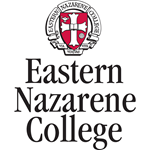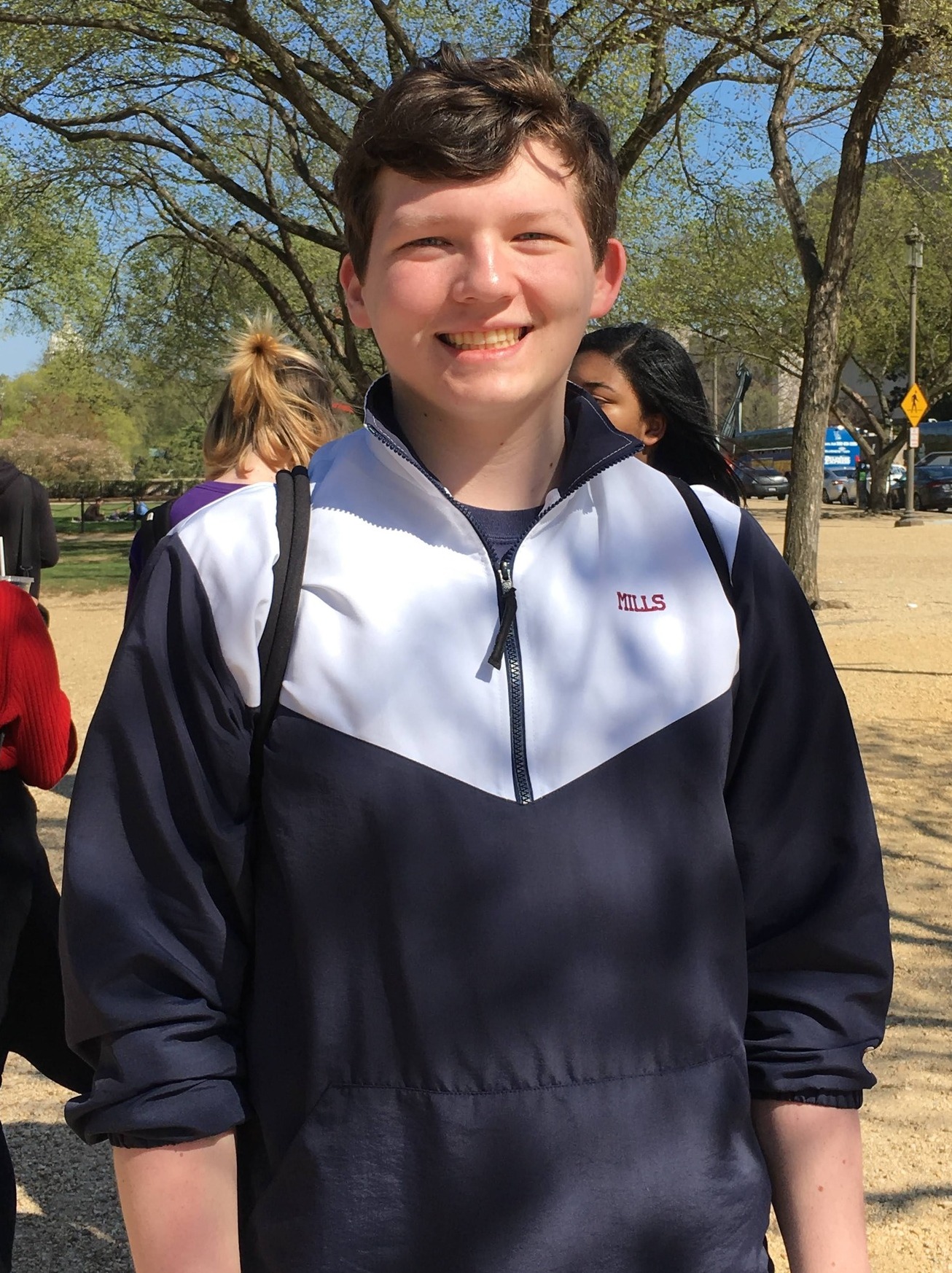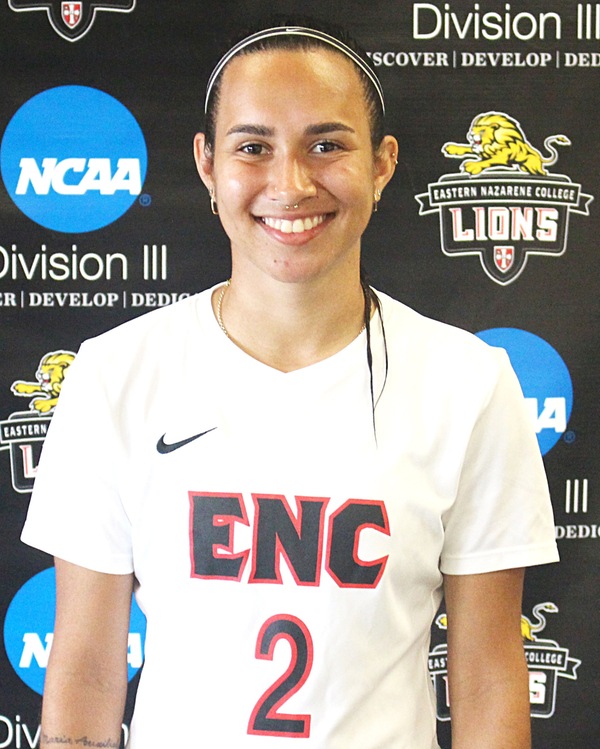Below is a summary of the abstract you submitted. Presenting author(s) is shown in bold.
If any changes need to be made, you can modify the abstract or change the authors.
You can also download a .docx version of this abstract.
If there are any problems, please email Dan at dar78@pitt.edu and he'll take care of them!
This abstract was last modified on March 21, 2023 at 9:14 p.m..

Participants in the Science Education Alliance-Phage Hunters Advancing Genomics and Evolutionary Sciences Program (SEA-PHAGES) share the goal of discovering, characterizing, and annotating the genomes of novel phages. The two novel bacteriophages, ASegato and Dejavu, were collected and isolated from grass samples on Eastern Nazarene College's campus in Quincy, Massachusetts during the fall of 2022. The isolation host for both phages was microbacterium foliorum NRRL B-24224. The phages were subsequently purified by serial dilutions, amplified by webbed plates, and then analyzed with transmission electron microscopy. Additionally, both phage genomes were sequenced at the Pittsburgh Bacteriophage Institute using Illumina NGS technology in January of 2023 and then manually annotated. ASegato was identified as a siphoviridae, which is characterized by a nonenveloped head and a noncontractile tail. ASegato is a member of the ED cluster, ED2 subcluster, and has a lytic life cycle. It has a genome length of 63,246 base pairs and a GC content of 61.7%. Annotation revealed that ASegato has 115 protein-coding genes and 4 tRNAs. Its closest relative is Welcome, which is longer by 700 bp and has 9 additional genes but is in the same ED2 subcluster. When Welcome is pairwise aligned with ASegato using BLAST, Welcome has a 98% identity and only 11 gaps. ASegato has only 28 proteins with assigned functions; the rest have no known function. ED1 has 12 other genomes in it. Dejavu hasn't been assigned an official morphtype yet, but both phages are characterized by having a clear center and a cloudy, hazy ring along the periphery, otherwise known as a Bull's Eye Phage. Dejavu is also a member of the ED cluster, ED1 subcluster, and has a lytic life cycle. It has a genome length of 63,339 base pairs, GC content of 62.8%, 126 protein-encoding genes, and no tRNA genes. Its closest relative is Lupine, which is also in subcluster ED1. Lupine, when pairwise aligned to Dejavu using BLAST, has an identity of 97% and only 1 gap. Dejavu only has 20 proteins with assigned functions, whereas the rest have no known function. ED2 only has 11 genomes in it. Possible future directions include determining the function of proteins with no known function yet, determining if the phage infects more than just the microbacterium foliorum NRRL B-24224 host, and conducting phylogenetic analysis to elucidate the evolutionary relationships these genomes have to other phages.


